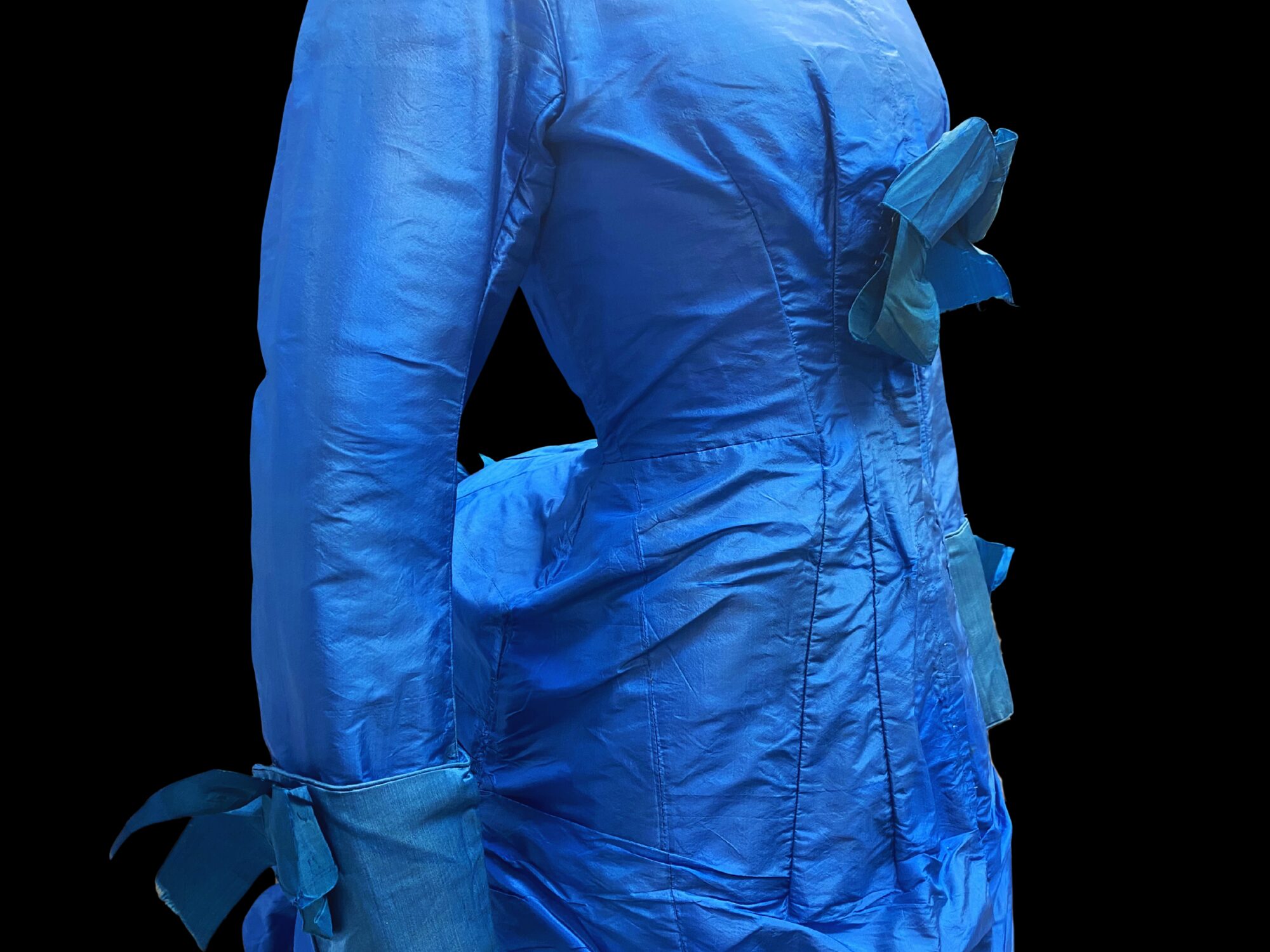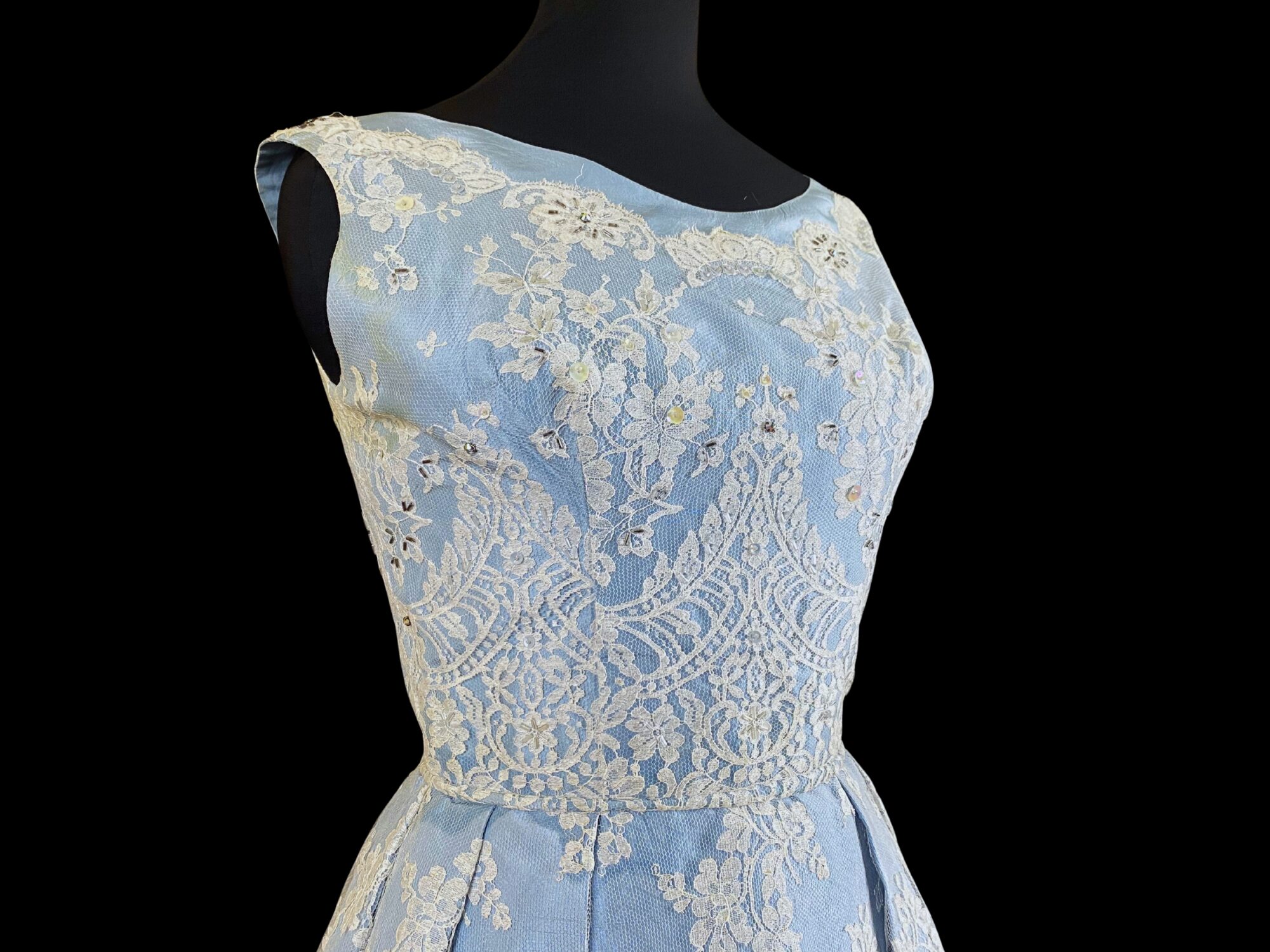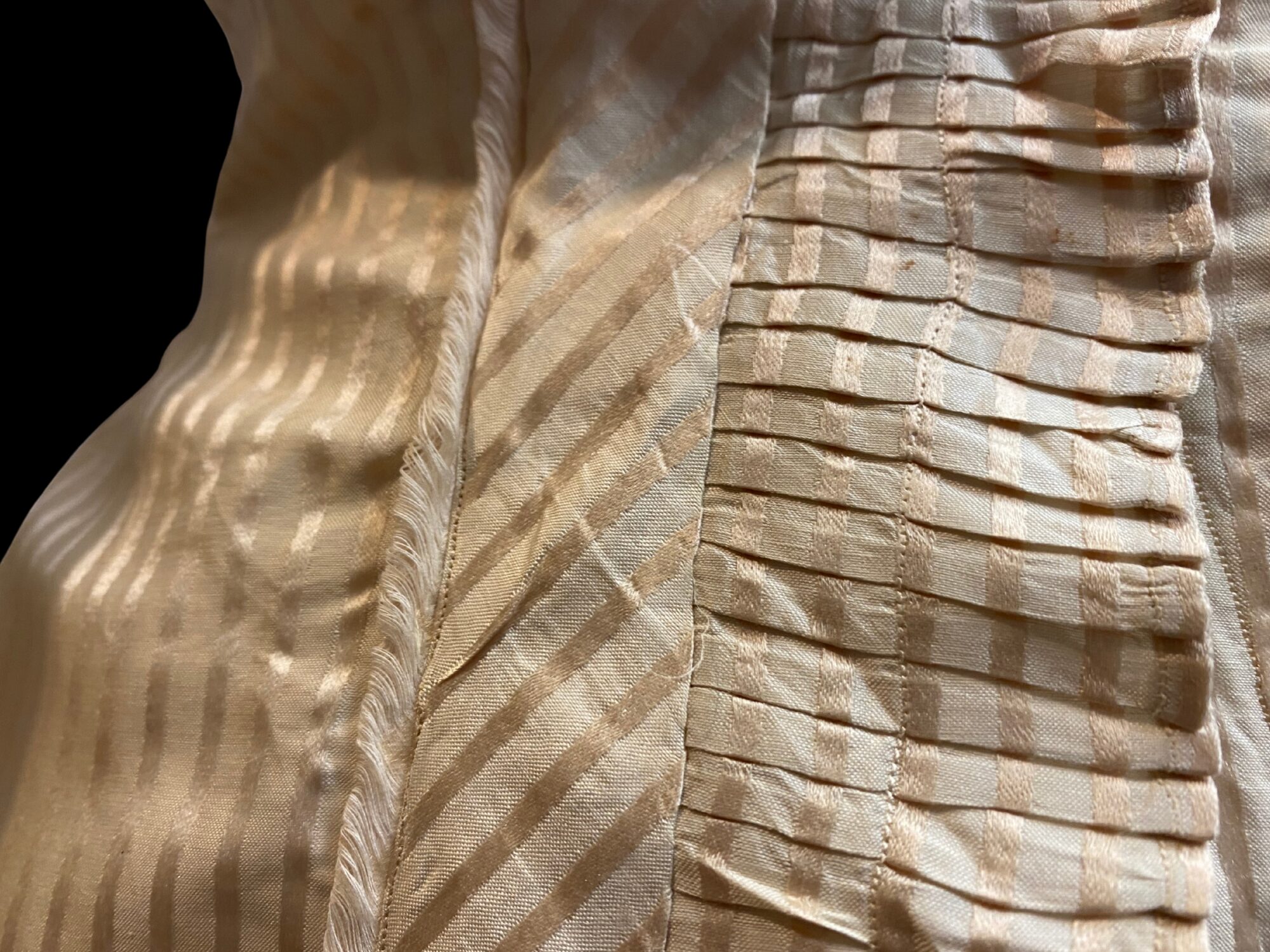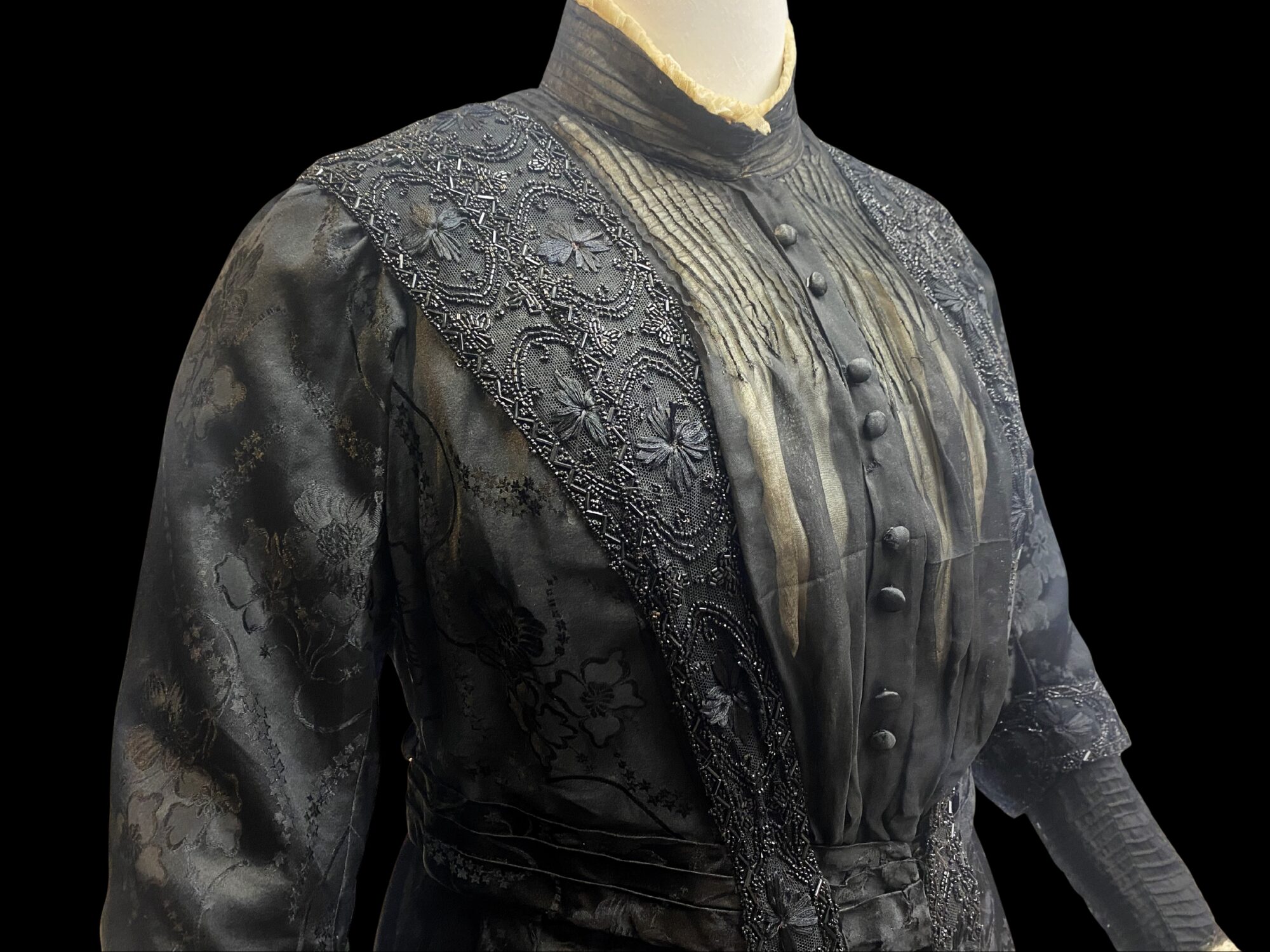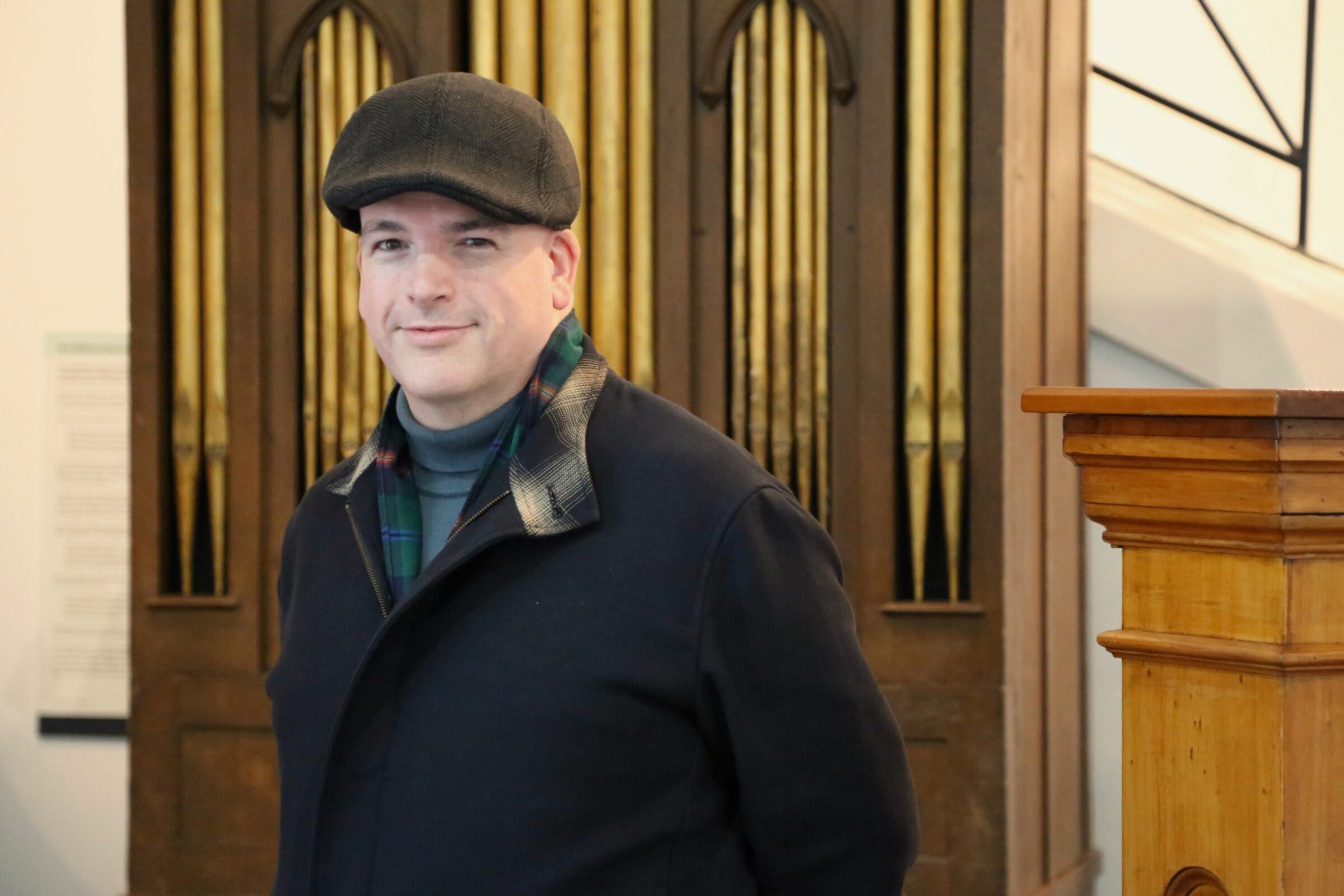Collection Stories
By Paul Brooks
From the Vaults is a regular Whanganui Midweek feature, in which we talk to members of staff and volunteers at Whanganui Regional Museum about an artefact or exhibit they have chosen. In this story, museum volunteer Mick Hills explains how he got keen about swords, and this one in particular.
Museum volunteer Mick, collection manager Trish Nugent-Lyne and I were deep beneath the museum, surrounded by guns and pointy things in the armoury.
This is Mick’s second stint as a volunteer and he’s working on edged weapons. “Anything with a sharp edge… cuts people up, that sort of thing,” he says. Mick likes to get graphic.
We were looking at a sword that once belonged to John Robert Cade, a Whanganui man who fought in WW1.
“It’s an 1897 pattern, British sword, which was a general issue to officers in the infantry regiments,” says Mick. “This particular one has the cipher of Edward VII … which means it was after 1901. They still issue them today; not for killing people anymore because they’re not very effective against machine guns or missiles, but purely as decoration on the uniform.”
The Whanganui Regional Museum holds his war diaries, trench maps, officer’s notes and photos as well as his sword, all items donated by his wife in 1975.
A little bit about the sword’s original owner.
Mr Cade – known as Bob – joined the army in 1900 as a Territorial in Pahiatua. He came to Whanganui in 1902 and joined the Wanganui Guards. He was employed by the Public Works Dept as a draughtsman but continued in the military part-time after completing his war service. He held the rank of Lieutenant-Colonel when he retired from the Territorials in 1933.
He married Ada Maud Dickson at St Paul’s church in Whanganui on June 28, 1911 and a baby boy was born on September 1, 1912. They called him Thomas. A daughter was born later.
Mr Cade’s war started in 1916 when he left New Zealand as a Captain. On August 23, 1918 he was granted the temporary rank of Major and that same year he was mentioned in dispatches by Field Marshall Douglas Haig. He was awarded the Military Cross “for conspicuous gallantry and devotion to duty in the field”.
In 1919 Mr Cade was stationed in Germany and on January 17 he dined with the Prince of Wales – the man who would later become Edward VIII. The memory of this occasion is preserved in Cade’s diary, as well as a diagram showing the place settings. At the table there was a Major Richardson, Lord Claud Hamilton, Captain Riddiford, General Johnston, Viscount Broome, Lieutenant-Colonel Wilson and others. Major Cade describes how he was introduced to the Prince by General Russell. He mentions that he bumped into the Prince again the following day and they had a brief conversation.
At the close of WW1 he was absorbed into the 7th Wellington Regiment with the full rank of Major. He died in Whanganui in 1962.
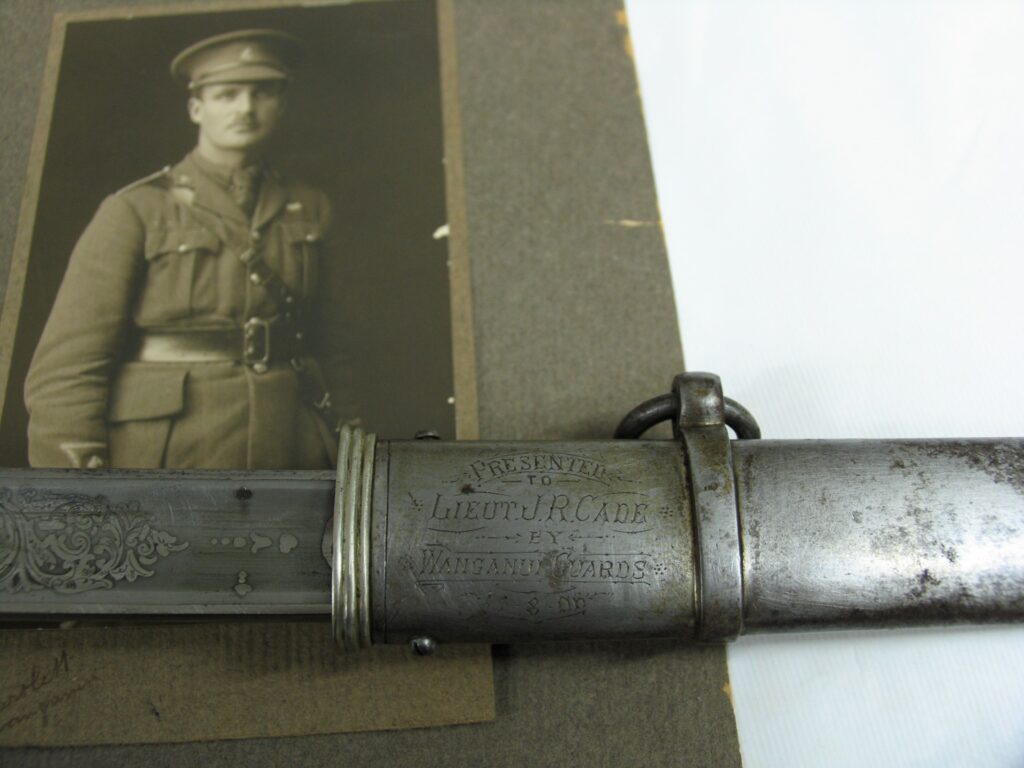
Mick Hills collects British military pattern swords. He also collects fire brigade memorabilia, which will come as no surprise to a lot of people.
This sword was presented to Lieutenant Cade by the Wanganui Guards in 1906. It is stamped with the name Hobson and Sons, but Mick says that could be the name of the retailer of uniforms and accoutrements, rather than the maker.
The sword and scabbard are designed to be worn by the officer with his dress uniform, but it looked to me like it would be a serious inconvenience. Edges have been rounded and curled to prevent snagging and wear on the uniform; there’s an odd `guitar-shaped’ piece of steel added to the sharp end of the scabbard – it’s called a `drag’ – and is there to take the wear of the sword scraping on the ground. You would not want to be a small man wearing a sword, unless they made short swords for the ducks-disease afflicted.
Trish pointed out that the swords were a type of men’s jewellery, worn purely for show.
“The higher the rank, the fancier the sword,” says Mick.
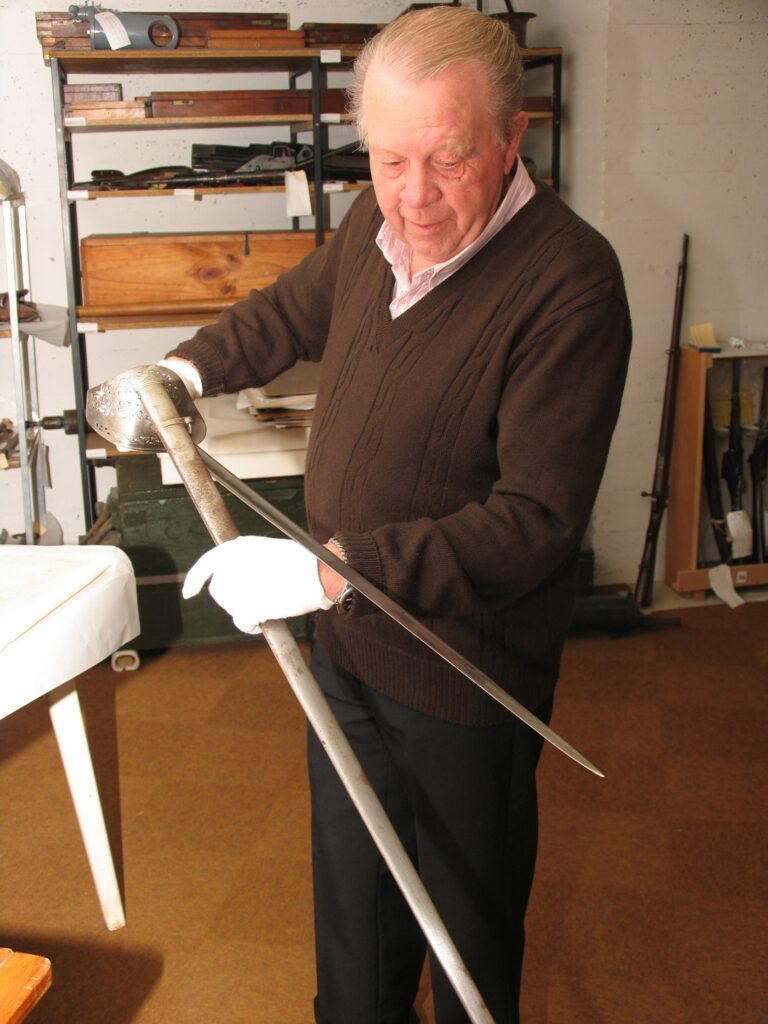
Mick was born in 1942, suffering the bombs and bullets of Adolf in his home town of Guildford in Surrey. His interest in things military therefore stems from his childhood in the blackout. He says he saw his father for the first time when he was four years old. His dad had finally returned from the Africa campaign in 1946.
Mick’s been in New Zealand since 1962 when he joined the Hawera Star in the printing department. While there he started as a volunteer firefighter. After six years in printing he took up the calling and became a full time firefighter, serving in Hawera, New Plymouth and Whanganui.
He’s still in the job, but leaves the firefighting to the younger chaps. He’s Brigade Secretary and also works as trauma counsellor.
Mick says he chose the sword because of its local interest and there may still be Whanganui people who remember Bob Cade or his family.
The diaries and stories of what he went through in WW1 made it all especially interesting.
By Paul Brooks, Editor of Whanganui Midweek (at the time of writing).
This article was originally published in Whanganui Midweek, August 4, 2010.
Feature Image: Five officers of the Trentham Company. L-R: Lt Henderson, Park, E H Merewether EH, A Lewis, and Captain J R (Bob) Cade seated in the centre. WRM Collection 2023.33.19 View the full image


